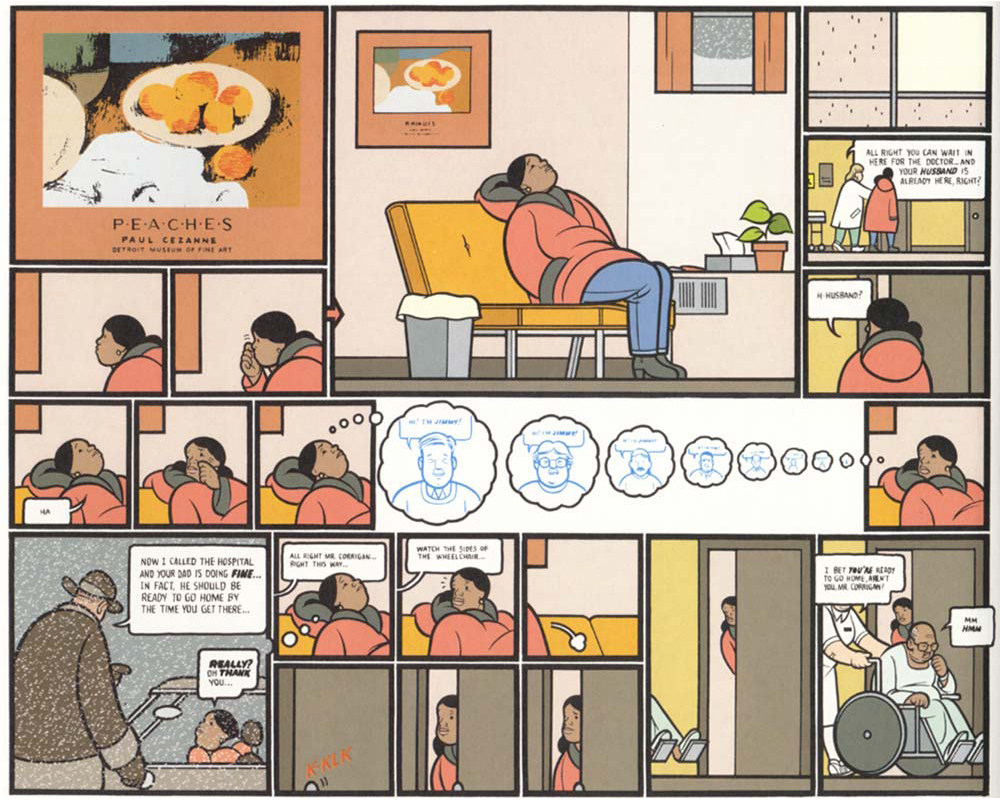


In 2020, nearly 70 SCAD students representing eight majors won a combined 37 recognitions in the “Red Dot Communication Design” and “Red Dot Design Awards.” SCAD’s results are based on its “Red Dot Design Concept Awards” over the past five years, including individual student awards, with the most recent year most heavily weighted.
Storytelling sequential art professional#
Since 2005, the “Red Dot Rankings” have become one of the most sought-after seals of quality for the best design at the professional and academic levels. 2 university in the Americas and Europe for the fourth consecutive year. SCAD was named “Red Dot Design Rankings” No. This form of sequential art was originally designed for entertainment but has become a huge multi-million dollar industry, with enthusiasts buying and trading their comic books and Hollywood movies being produced around their storylines. The main idea is that they all use images in sequence with text to tell stories or convey information.Ĭomic books themselves are books that consist of images with text displayed at the bottom of the image, called image captions, or near the characters’ heads in speech bubbles. Text can appear throughout the frames, within and without them. The Center for Cartoon Studies Teaching Comics This page both archives teaching content from National Association of Comics Art Educators, along with dozens of additional teaching comics resources for all ages developed by The Center for Cartoon Studies community. Other areas of art that fall within the umbrella of sequential art include animation, cartooning, webcomics, storyboarding, graphic novels, Manga art, comic strips, children’s book illustration, and game design.Ĭomic books, graphic novels and comic strips use a combination of sequential imagery in frames along with text to convey narrative. The narrowness of the panel, background color, outline shape of the dialogue bubble/box, heaviness of font, and countless other variables demand constant analysis and comprehension from the reader if they are to fully understand the story.Sequential art is a term that is often used interchangeably with comics, although it also encompasses other forms of art. No component of a comic book is accidental. The assumption that comic books are glorified picture books not only creates a negative connotation and reluctance to integrate comics into literary study, but also greatly underestimates the complexity of the medium. McCloud states,”With the invention of printing, the art-form which had been a diversion of the rich and powerful now could be enjoyed by everyone!” From the printing boom grew the comic books we are familiar with today. Sound familiar? Scott McCloud talks about these historical “comic books” in detail in his book, Understanding Comics: The Invisible Art, which is a 200 page reflection on the medium, narrated entirely through comic form. In the history chapter, McCloud mentions works such as the Bayeux Tapestry, Trajan’s Column, and Japanese scrolls.Īfter printing became common practice, sequential art exploded. Pictures that are placed in sequential order, relate to one another, hold meaning, and tell a story of some sort. Take, for example, ancient tapestries or stained glass. Though it hadn’t been named and studied in-depth until Eisner wrote his book, sequential art has been present in human communication for centuries. “The rendering of the elements within the frame, the arrangement of the images therein and their relation to and association with the other images in the sequence are the basic ‘grammar’from which the narrative is constructed. By using sequential art to “encapsulate” the movements, comic book writers and artists are helping to bridge the gap for the reader, creating a friction-less story that is easily understood. These movements are captured within panels, which are “sequenced segments” of images and words that convey any number of concepts such as the passage of time, location, and tone. “The fundamental function of comic art to communicate ideas and/or stories by means of words and pictures involves movement of certain images through space.” Since then, it has been used in countless lessons on the medium. One of the pioneering American cartoonists and comic book creators, Will Eisner, coined the term “sequential art” in his book, Comics and Sequential Art (1985).


 0 kommentar(er)
0 kommentar(er)
